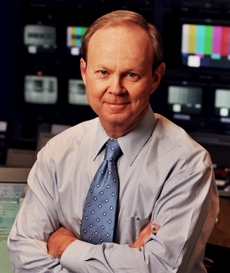By MATTHEW HOLT
I moved over something I wrote on linkedin, so that it doesn’t vanish. I do this type of thing so you don’t have to & to make Brett Jansen happy I am writing in one line paragraphs.
My question, is how do LabCorp, Brown & Toland and Blue Shield Of California come up with this stuff?
1. I go for my free annual checkup
2. I get blood/lab tests which AFAICT are included in the ACA free checkup.
3. My pre-diabetes is still “pre”. My cholesterol is good!
4. Blue Shield of California puts the claim on its website. The EOB representation says
–total billed $322.28
–In network savings $271.37
(note difference is $50.91)
–Patient responsibility $0
5. Then it has 5 sub-charges for different tests (which I assume total to the $322.28). All have a different price. All say “in network savings” of the same amount. All say Patient Responsibility $0
6. Labcorp sends me a bill. For $322.28. “Adjustments” $287.34. Difference $34.94.
7. I call Blue Shield of California customer service. Its annoying as hell automated system reads me the claim EOB that I can see on the website.
8. After a few minutes of that I hit 0 and get a human eventually. After a loooong time she goes to call Brown and Toland, the IPA that is somehow involved in the lab billing. They tell her that I do indeed owe $35. (26 mins on the call)
9. I ask her why, given they are allegedly free under the ACA, I am being charged for these lab tests. She says that the medical group has sent her the CPT codes and she can tell me which of the 5 lab tests I owe for.
10. (On the Labcorp bill the charges are split up by test [no codes provided], but the “adjustment” is to the total, so there’s no way to tell what the adjustment per test is. Reminder that on the BS site, they all adjust to $0.)
11. But that information is not in whatever documentation the IPA gave her. She goes back to call them AGAIN. Because, yes I am difficult and I did ask her to. Minute 37 at this stage
12. Minute 45. The person from the IPA comes on line. She keeps asking if I want a service or a diagnosis code. But tells me they will review the claim. My guess is that one of these codes doesn’t count as preventative. Eventually she gave me the 5 CPT codes for the tests.
13. The BS rep is still on the call. She chimes in and the IPA rep (who I think is in India judging by accent and bad phone connection) agrees that my lab copay is $50. (BTW the BS rep is clearly American but her phone connection is dreadful too!)
14. After a lot of clarification (OK, me leading the witnesses) they both agree that if the co-pay is $50 but my bill is $34.94, then something is off, and maybe one of the codes has been classified as non-preventative, therefore not free under the ACA.
15 The IPA (Brown & Toland Physicians) rep is going to resubmit this to the claims team. I should get a new EOB. From whom I have no idea. I thank them both for their time and we hang up. 1 hour 4 minutes
I know that wasted more than $34.94 of my time, and certainly way more than that of Blue Shield of California & Brown & Toland Physicians money. But it’s just an indication of how screwed up internal billing and customer service is at these antique orgs!
If you want to follow along, there’s a part 2!
Matthew Holt is the founder, author and publisher of THCB













